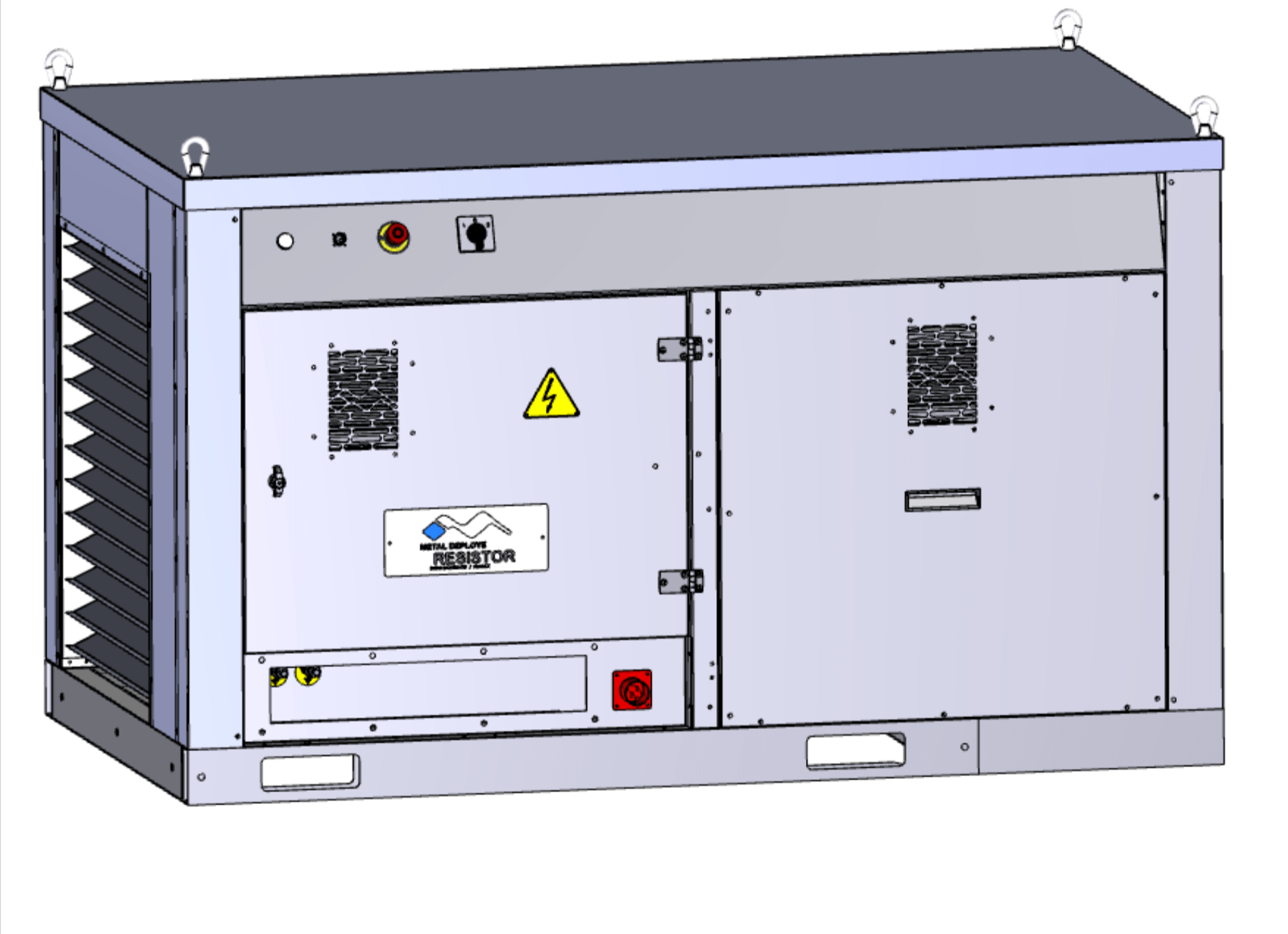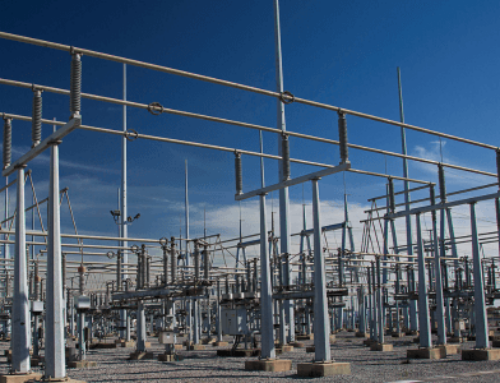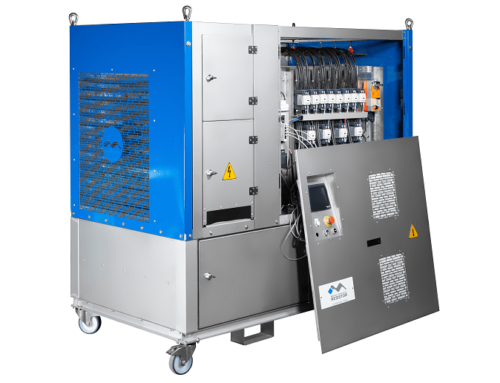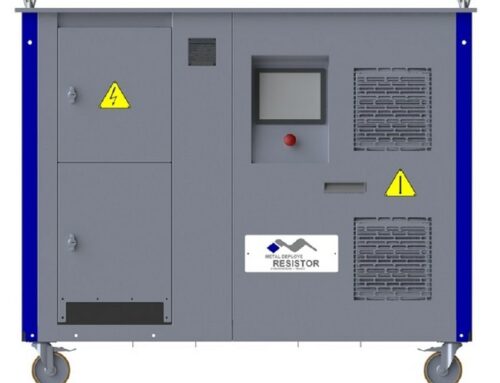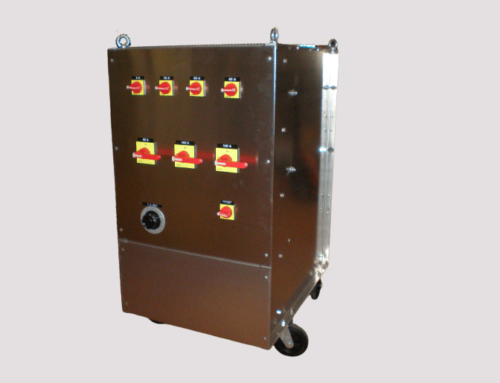A load is any device, which absorbs energy in an electrical system. Resistive loads are those where the electricity produces heat by the “Joule effect” and not by the effect of a movement.
Thus, a load bank whose resistors have this effect will be used to ballast a generator or even other energy production equipment.
What is the principle of a resistive load bank?
The resistive load bank is based on the principle of a load that absorbs energy in an electrical system. A resistor conforming to Ohm’s law (purely resistive).
Think of our equipment as a device that performs work on power-generating equipment. This is then a load bank.
When to use a resistive load bank?
As a priority, the resistive load bank can be used for testing, maintenance and ballasting needs. Indeed, its main function is to reproduce the real demands on critical power systems.
- For the ballasting of generating sets : the resistive load bank will intervene during the test phases, up to 100% of the nominal value in kW on the nameplate.
- For generator testing : the resistive load bank will fully charge the cooling, fuel and exhaust systems.
How does a resistive load bank work?
The load bank will apply an electrical load to the power source and dissipate the resulting energy as thermal heat, via resistive components.
It is the motorized ventilation system, integrated into the load bank, which will make it possible to quickly cool the resistive elements.
Using a load bank remains the best way to replicate and verify real world demands on critical power systems. This is the guarantee of maintaining equipment in optimal and sustainable operation.
Find our:
– METAL DEPLOYE RESISTOR load bank range
– Range of tailor-made load banks

